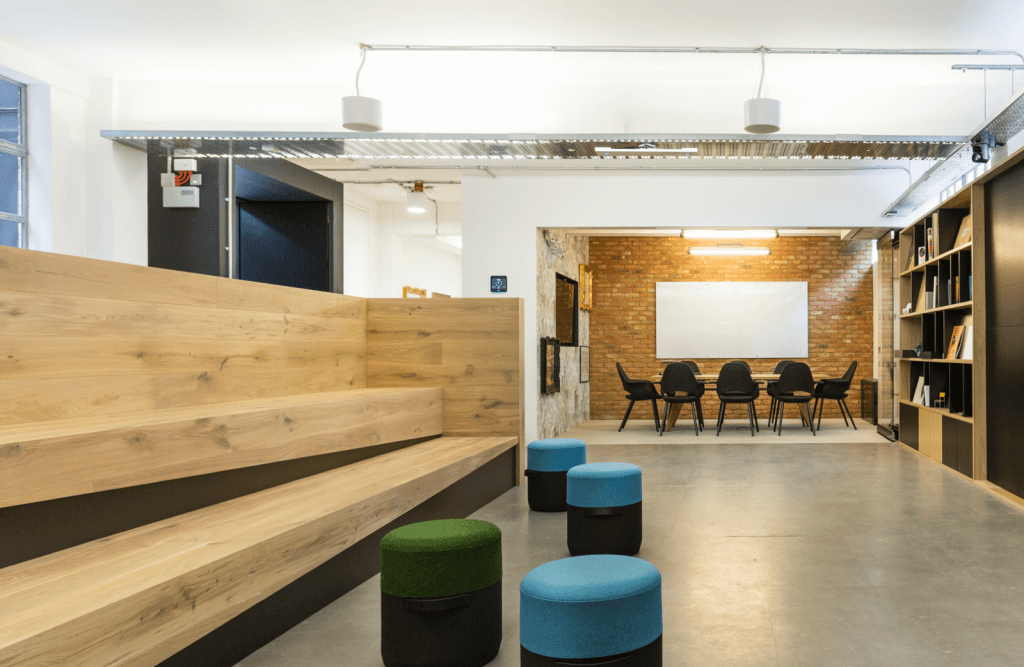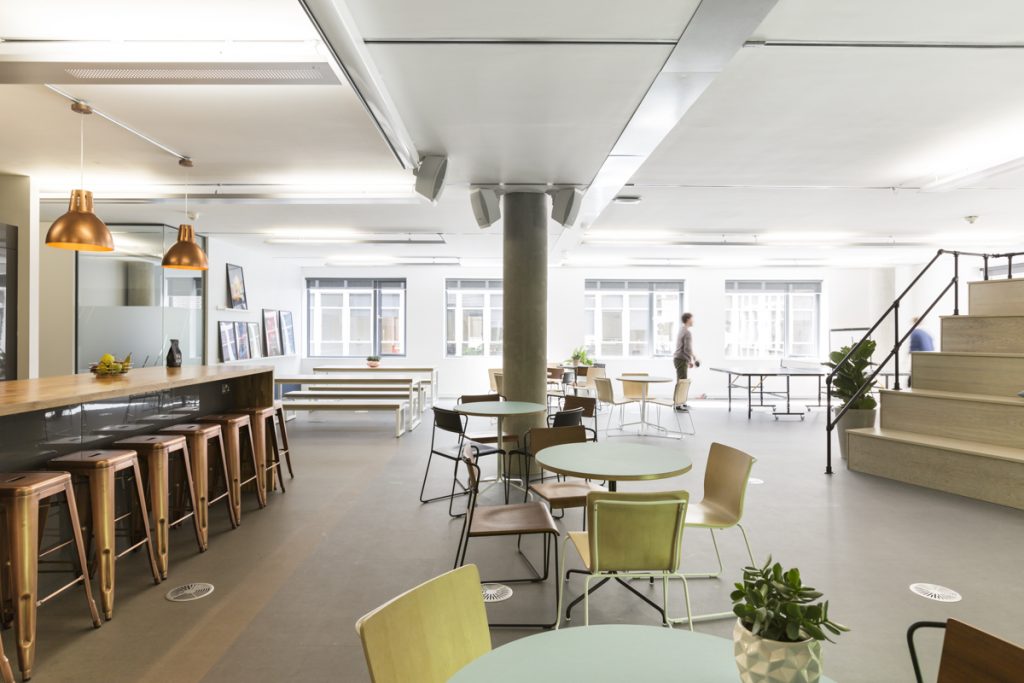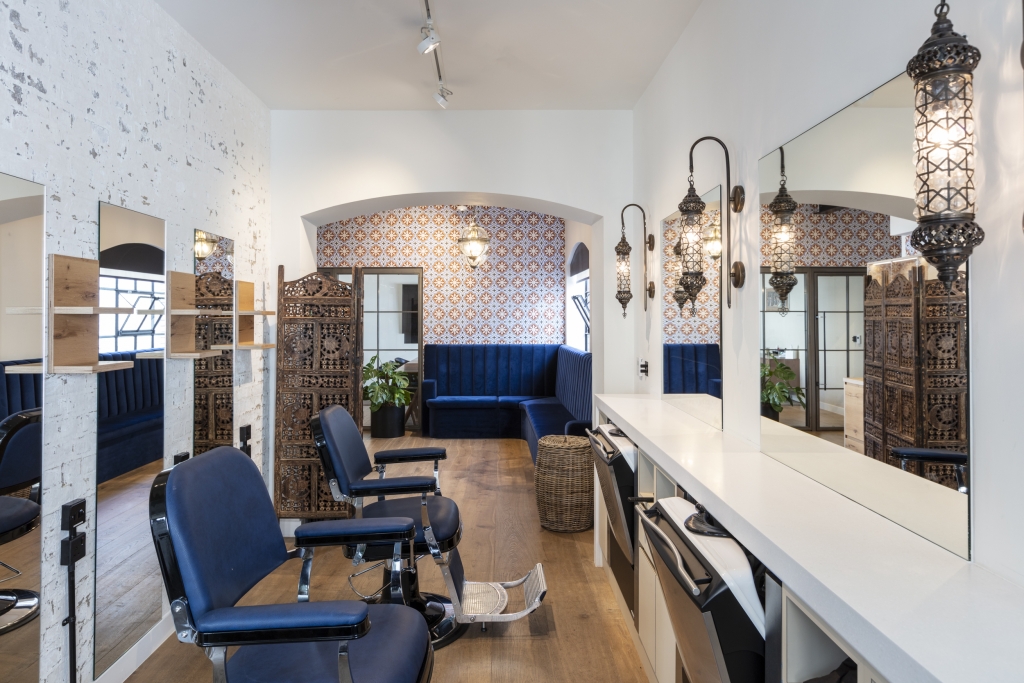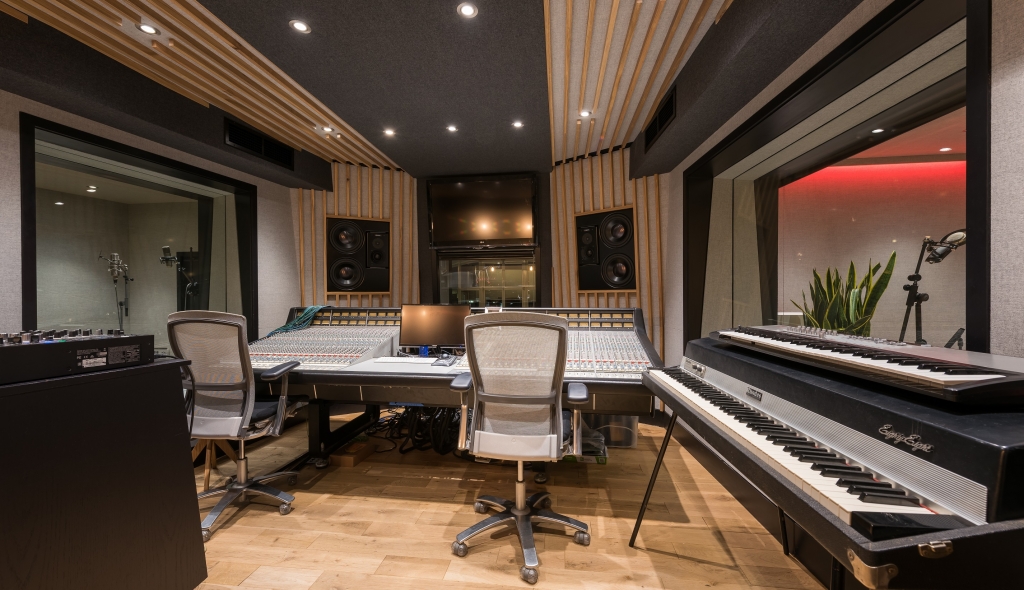Workplace design: Function over fun?
With business needs constantly changing and evolving year on year, office design has to keep up by ensuring the workplace remains a space for businesses and people to thrive in.
Slides, swings, ball ponds, and anything else that resembles a kid’s soft play area were once commercial interior ‘must haves’. Revered and ridiculed in equal measure, the trend towards putting the fun factor into the office was represented mostly by technology and media start-ups, with the likes of global giant, Google, leading by example. Fresh new firms appealed to a younger workforce with their office design du-jour screaming “you no longer have to work in a boring office”.
Whilst attracting and retaining talent is still a key driver for office design, attitudes have changed and those employees who loved to slide from one floor to the other have since realised that the workplace needs something different to provide the best working environment. That difference is functionality.

Collaborative events space and meeting room
The expectations that the workforce has on the workplace have largely been a result of technology, demographic and employment changes. It is these factors that have and will continue to evolve the thinking and implementation of office design, which is now more focused on productivity and sustainability, whilst increasingly being cost effective than previous iterations.
Workplace designers will still be deeply conscious of maintaining and enhancing business cultures throughout their concepts. However, office design and build has shown a shift in direction from being used as a tool that creates culture through ‘fun elements,’ to a tool that instead reinforces culture through ‘functional elements’ whilst predominantly supporting the different working requirements of the people using the space.
“For workplace designers this has of course presented its challenges and means that designing a space where people actually want to be is becoming increasingly more important.”
Technology has been the chief protagonist of this change over the past decade. New technologies, whether hardware or software, have rendered previous office usage obsolete. From data rooms, to fixed desk PCs, to landline phones, all of which have evolved significantly to impact not just the different ways in which we work but the different ways in which we use office space. Today it is vital that office design provides areas for a variety of different working requirements, whether its team work, quiet spaces, open plan desking, meeting rooms, break out areas or collaborative spaces, the office needs to be flexible and must support the workforce.
Whilst technology has revolutionised working practices, it has also challenged them by providing the increasing ability and interest in working remotely. For workplace designers this has of course presented its challenges and means that designing a space where people actually want to be is becoming increasingly more important.
Functional and productive design is not about stealing away those elements of the office that were ‘fun’. It is about repurposing space for the modern workforce. Designing an effective space both for work and downtime is key for the modern workspace. If specific features are wanted, they will hold meaning and have purpose for the business and their people. Examples of this include our workplace designs for global giants, Badoo and Red Bull, both who have very different and unique requirements, but all with a purpose.

Breakout space with open plan teapoint and ping pong tables
Dating focused social network, Badoo, hosts and attends events regularly, so having a devoted space for their team to get ready beforehand was an important aspect of their new space. It is because of this that they now have their own beauty salon on site – the perfect place for their employees to unwind and prepare for upcoming events, as well as spend time together away from their daily pressures and responsibilities. Badoos workspace is built on supporting the working needs of their people whilst promoting employee morale and wellbeing. Every aspect is considered, from their catered teapoint and breakout space, to the various booths and meeting rooms dotted around the office.

Badoo’s beauty salon
Red Bull is no different. Culturally the various strings of Red Bull’s bow had never been within one building before, let alone across two working floors. The challenge and significance of this meant the space had to accommodate the different nuances within the teams and provide flexibility throughout, as well as a choice of environments – Not only to support individual working roles, but each department too. As the office will be used for music events and recordings, having their own studios was also a must. Throughout the space we focused on adaptability using folding walls, fabric acoustics and carefully selected product specifications to create collaborative and innovative areas to encourage flexibility and promote team morale. All varying in size, facilities and style to mirror the dynamic nature of the business. The music and recording studios demonstrate just this, with a mix of open and closed spaces.

Red Bull recording studio
Both offices support the various working needs of their employees with a multitude of spaces that not only fulfills their current and future business plans but also fulfills their cultural and wellbeing aspirations. The office will now more than ever play a key role in a business’s success, and although office design has shifted from fun to function, using the office as a tool to attract and retain talent still holds significant importance. Therefore, businesses need to understand what it is their employees want and how the workspace can provide this.
Ultimately the workspace should be functional for all the workforce, whatever the age, job role and more importantly the business.
Find out more about how office design can help your business succeed by looking at our recent projects here:
